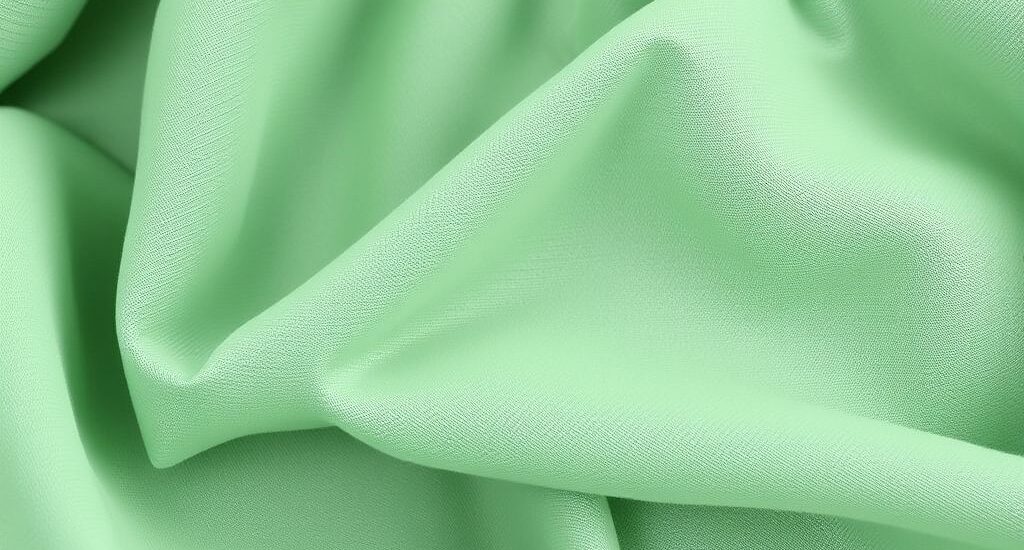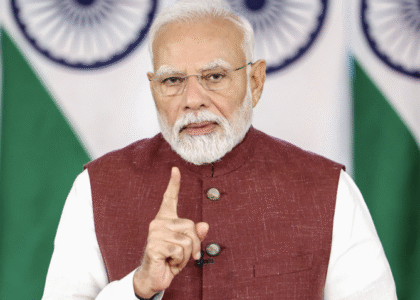Sustainable Fashion Trends 2025 is no longer a choice — it’s a necessity. The fashion industry, once a symbol of rapid consumption, is now transforming. From production to consumer habits, every step is being redesigned to reduce environmental impact. According to recent studies, fashion accounts for 10% of all human carbon emissions and is the second-largest consumer of the world’s water supply.
Fortunately, brands and consumers are coming together to embrace eco-friendly alternatives. Let’s explore the major trends defining sustainable fashion this year.
The Rise of Organic and Eco-Friendly Fabrics
Organic textiles are making a powerful comeback in 2025. Materials like khadi, bamboo silk, and hemp are replacing synthetic fibers.
Khadi, a traditional hand-spun fabric from India, is making waves in the global fashion scene. Brands like Sabyasachi and Raymond have introduced modern khadi collections. Its low water consumption and energy-free production make it a sustainable superstar.
Hemp is another frontrunner. Naturally pest-resistant and durable, it uses no pesticides and minimal water. Brands such as Jungmaven and Toad&Co have embraced hemp for stylish, eco-conscious collections.
Bamboo silk also stands out for its softness and fast growth cycle. Brands like Boody are creating bamboo-based basics that are breathable and antibacterial.
Big names like Levi’s (with their WellThread™ collection) and H&M (with 89% of their materials now sustainable) are making eco-friendly fabrics mainstream.
Natural Dyes and Zero-Waste Techniques
Synthetic dyes pollute water sources and harm ecosystems. That’s why many brands are shifting to natural dyes derived from plants, fruits, and roots.
Levi’s, for example, uses plant-based indigo to dye its denim in the WellThread® collection. Brands now experiment with colors extracted from pomegranates, walnut shells, and sage leaves.
Along with cleaner dyes, zero-waste production is gaining momentum. Stella McCartney and Nike are leading efforts by designing products that can be recycled easily.
Levi’s WellThread® jeans, for instance, use only recyclable fabrics, trims, and threads, allowing old jeans to be remade into new ones without waste.
Recycled and Upcycled Fashion Is Booming
Recycling and upcycling old garments is a hot trend. Upcycled fashion gives new life to old fabrics while reducing textile waste.
Levi’s introduced the circular 501® jeans, using Renewcell’s Circulose® — a fiber made from old denim. Miu Miu launched “Upcycled by Miu Miu,” reworking vintage clothes into luxury pieces.
Fast-fashion brands like UNIQLO are also participating. Their RE.UNIQLO program turns factory scraps into limited edition collections. Meanwhile, resale platforms and thrift stores are surging in popularity, with secondhand shopping growing faster than traditional retail.
Patagonia’s Worn Wear and Eileen Fisher’s Renew programs further highlight the shift toward repair, reuse, and resale.
Top Sustainable Fashion Trends 2025
Several major brands are setting a powerful example in 2025:
- Stella McCartney: Pioneering mushroom leather and recycled cashmere.
- Patagonia: Focusing on repairs, organic materials, and activism.
- Levi’s: Leading with WellThread® circular denim initiatives.
- Adidas: Creating shoes from ocean plastics through the Parley partnership.
- H&M: Targeting 100% recycled or sustainably sourced materials by 2030.
Luxury groups like Kering (Gucci, Balenciaga) and LVMH (Louis Vuitton, Celine) are investing heavily in sustainable innovation and transparency.
Even mid-market and fast-fashion retailers are adjusting, adopting science-based emission targets and promoting recycling.
Changing Consumer Behavior
Shoppers today are smarter and more eco-conscious. While price remains a big factor, a growing number of consumers prefer ethical and sustainable fashion. Resale, rental, and capsule wardrobes are now mainstream choices, especially among Gen Z and millennials.
Brands that align with these values stand to thrive, while those who ignore the shift risk falling behind. As sustainability becomes non-negotiable, fashion companies are learning that innovation, ethics, and style must go hand-in-hand.
The Future of Eco-Friendly Fashion
2025 marks a turning point. Eco-friendly fabrics like khadi, bamboo silk, and hemp dominate the scene. Natural dyes and zero-waste techniques are redefining craftsmanship. Recycling and upcycling are mainstream, not niche.
Top brands from Levi’s to Stella McCartney are proving that sustainability and style are not mutually exclusive. Consumer behavior is driving positive change, and governments are pushing brands toward greener practices.
The message is clear: The future of fashion is sustainable, and it’s already here.
Looking to explore more luxurious scents? Check out our Website blog.











